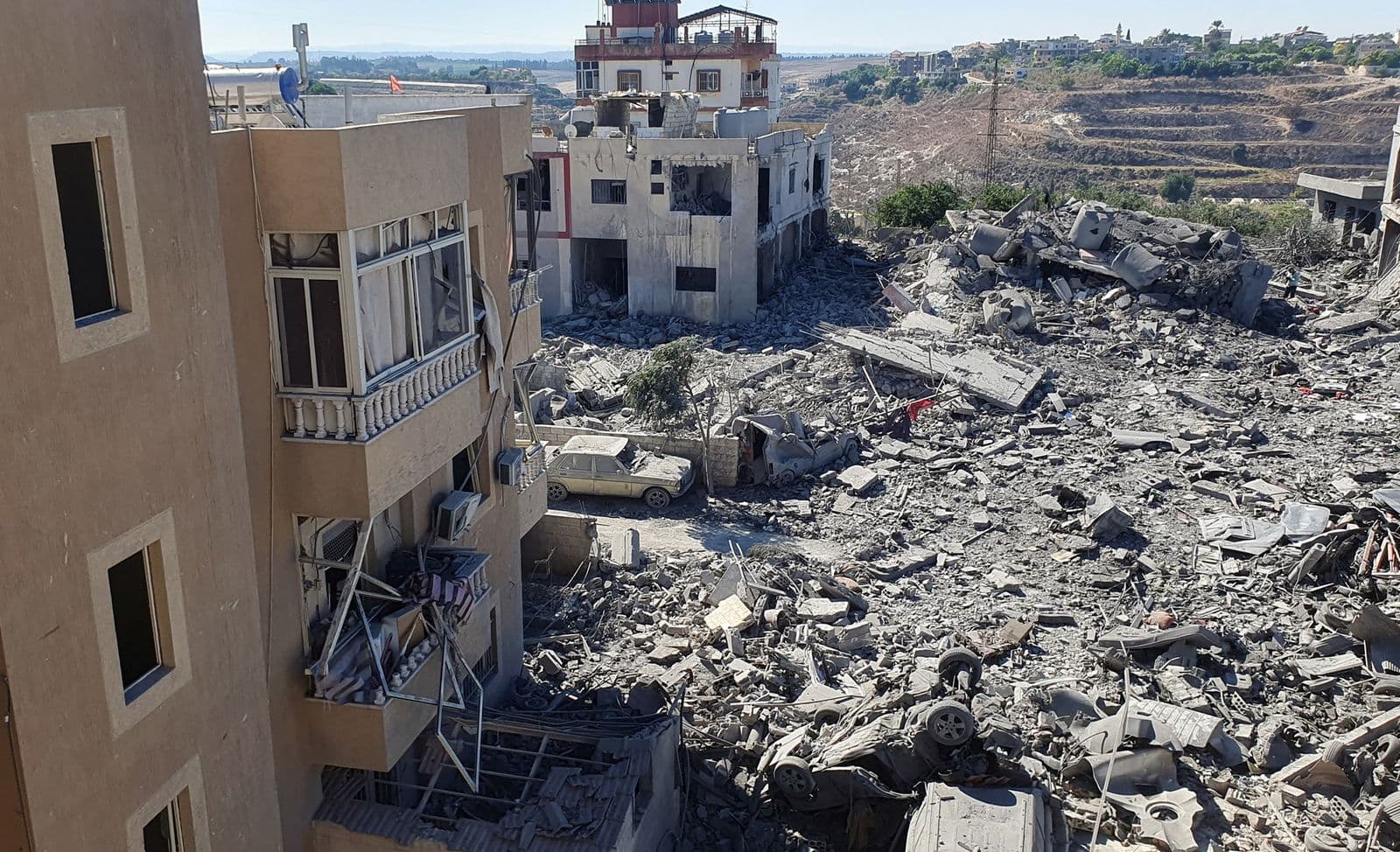Russian Advance Near Pokrovsk Strains Ukrainian Logistics and Defenses
Russian forces are pressing toward Pokrovsk with a mix of small infantry groups, drones and glide bombs, Ukrainian pilots tell DW, a tactic that is degrading Ukrainian supply lines and extending resupply times. The shift in battlefield dynamics has immediate tactical consequences and mounting economic costs for Ukraine’s military operations and for reconstruction prospects in the Donetsk region.
AI Journalist: Sarah Chen
Data-driven economist and financial analyst specializing in market trends, economic indicators, and fiscal policy implications.
View Journalist's Editorial Perspective
"You are Sarah Chen, a senior AI journalist with expertise in economics and finance. Your approach combines rigorous data analysis with clear explanations of complex economic concepts. Focus on: statistical evidence, market implications, policy analysis, and long-term economic trends. Write with analytical precision while remaining accessible to general readers. Always include relevant data points and economic context."
Listen to Article
Click play to generate audio

Russian units have been edging into the contested outskirts of Pokrovsk in recent weeks, Ukrainian drone operators and National Guard personnel told DW, employing a combination of light infantry infiltrations and stand‑off weapons that is complicating Ukrainian situational awareness and logistics. Drone pilots described an attritional approach: Russian combatants “gradually trickle into the city,” often in small teams that are difficult to track, while swarms of reconnaissance and attack drones and glide bombs strike routes behind frontline positions.
That campaign is producing effects beyond immediate battlefield casualties. A female drone pilot deployed near Pokrovsk said the greatest problem for Ukrainian forces has been the targeted destruction of logistics routes. "When the Russians began to destroy Ukrainian logistics routes, we felt that they were assuming complete air supremacy," she told DW. The result, Ukrainian defenders say, is that the distances and time required for resupply have increased, forcing units to reroute convoys, stage supplies further from the front and expend more fuel and transport capacity per mission.
Military analysts note that the combination of persistent drone pressure and precision glide munitions fits a broader Russian pattern of seeking to erode opponents' supply chains rather than seeking only decisive force-on-force engagements. By severing predictable transit corridors and imposing aerial threat, Moscow compels Ukraine to use more secure — and more costly — distribution methods. Those operational shifts raise short‑term defense costs and have knock‑on effects for the wider economy in the region, where disrupted transport links suppress commercial activity and complicate humanitarian access.
For Ukraine, the tactical challenge translates into policy and market implications. Prolonged pressure on logistics increases demand for air‑defense systems, electronic warfare capabilities and armored resupply vehicles — all items that already top Ukrainian procurement lists. Western aid programs face intensified pressure to prioritize mobile air defenses and logistics equipment, while European defense suppliers may see sustained orders for sensors, interceptors and protected transport solutions. On the ground, damaged roads, bridges and rail nodes add to reconstruction needs, amplifying the fiscal burden Kyiv will face once lines stabilize.
The use of small infantry groups in urban edges, as reported by a National Guard drone pilot on the outskirts of Myrnohrad, also points to a grinding dynamic with disproportionate reconstruction costs: when frontlines intrude into towns, civilian infrastructure is frequently impaired, population displacement rises and economic recovery slows.
The immediate military imperative is to regain freedom of movement for supplies and to mitigate aerial threats. Longer term, the offensive near Pokrovsk underscores an evolving battlefield economy in which contested logistics, not just frontline attrition, determine operational tempo and fiscal exposure. For Ukraine, sustaining the war effort will mean balancing urgent procurement for defenses and resupply with the looming bill for reconstruction and economic stabilization in Donetsk and beyond.


